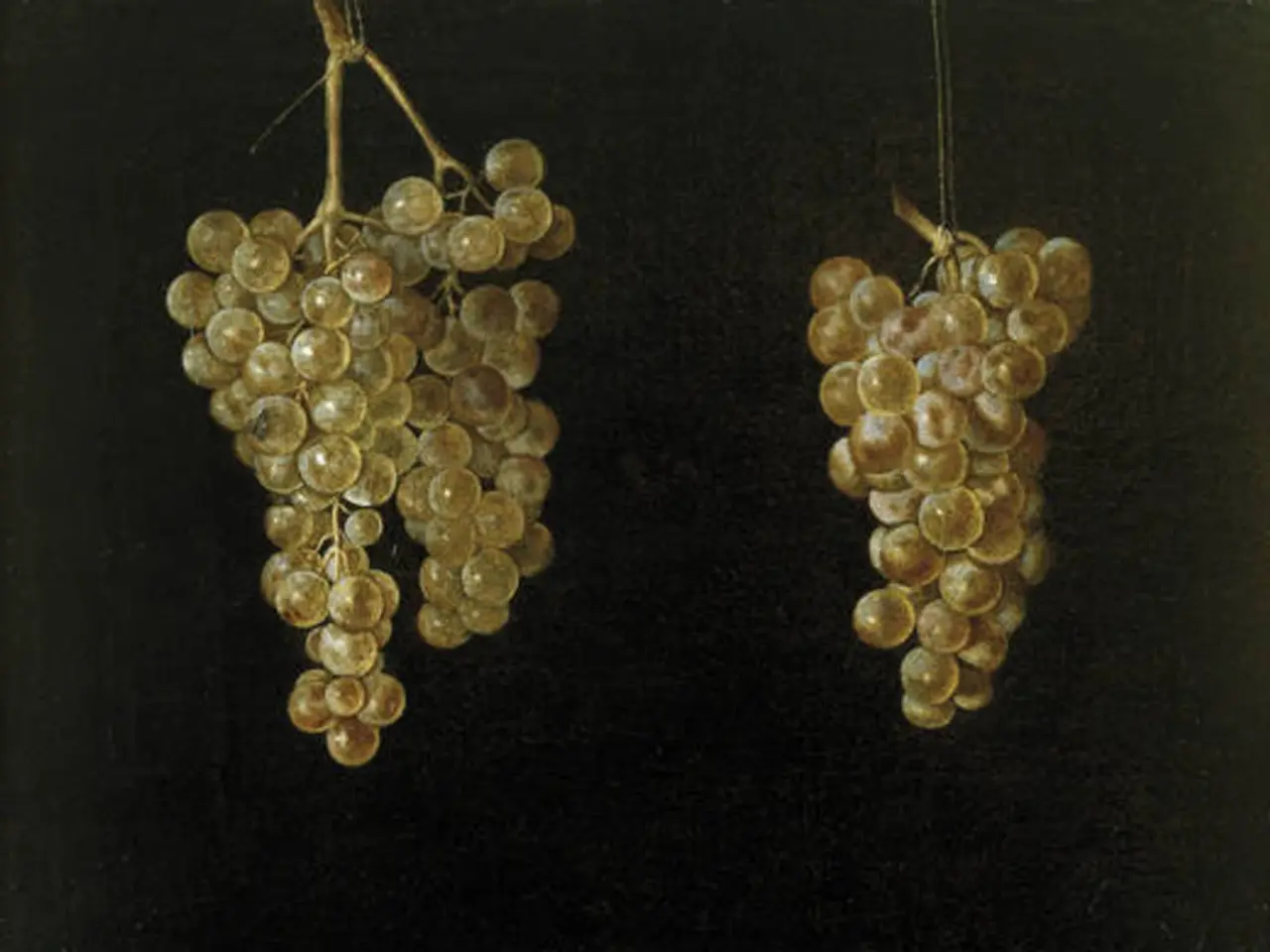Grape Eutypa Fungal Decay
In grape vineyards, a common disease known as Eutypa dieback has been causing concern for growers. This disease, caused by the fungus Eutypa lata, forms cankers around pruning wounds in older wood of the main trunk.
When the trunk is cut in cross-section, the canker appears as darkened or discolored wood extending in a wedge shape to the center of the trunk. These cankers are often difficult to see because they are covered with bark. The fungus survives in infected trunks for long periods of time and produces reproductive structures (perithelia) on the surface of infected wood.
The most striking and obvious symptoms of Eutypa dieback are the leaf and shoot symptoms, which may not develop for up to three years after infection. In spring (May and June), these symptoms include weak and stunted shoot growth, smaller, cupped, misshapen, and yellowed leaves. Later in the season (mid-July), these symptoms may disappear from all but the basal leaves of affected shoots, but the infected trunk and all growth above it will eventually die.
Most spores are released at the same time pruning is being conducted. When the ascospore come in contact with newly cut wood, they germinate and a new infection is initiated. This is why pruning wounds are by far the most important points of infection.
To combat Eutypa dieback, several control methods have been identified. The current control methods primarily include careful pruning timing, wound protection, and improved disease management strategies that leverage molecular detection techniques.
One key method is pruning during the growing season (summer) rather than dormancy. This allows wounds to dry and heal before fungal spores can infect the wood, reducing infection risk by minimizing the window when wounds are vulnerable.
Another important control measure is the removal of infected wood and implementing double pruning techniques to limit pathogen spread, as suggested in recent viticultural disease control frameworks.
The use of molecular tools, such as DNA probes, to detect the Eutypa lata pathogen early in vineyards is also crucial. This enables targeted control measures and better disease management. Recent advances in disease management include these molecular detection approaches which improve early pathogen identification.
Research is also focused on advances in grapevine genomics and pathogen genomics to breed resistant grape cultivars, contributing to long-term durable resistance against Eutypa dieback.
Although not explicitly detailed in the current results, biological controls and biopesticides are emerging fields in plant disease management, which may increasingly play a role in controlling fungal diseases like Eutypa dieback in the future.
Sanitation is critical, and all wood from infected plants must be removed from the vineyard and destroyed. At present, no fungicide recommendations are available for control of this disease in Ohio, but research has indicated that painting large pruning wounds with a solution of fungicide has provided some level of control in California and New York.
Cankers may be up to 3 feet long and seldom go below ground line. It's important to note that these cankers can be carried considerable distances by air currents to recent wounds on the trunk.
In conclusion, integrating optimal pruning practices, early pathogen detection, removal of infected material, and development of resistant grapevine varieties constitute the main control strategies for managing Eutypa dieback in grape vineyards today.
- In the realm of home-and-garden, especially for those with a green thumb, understanding pest management is essential, and this includes grapevines afflicted with Eutypa dieback.
- To sustainable home gardening enthusiasts, employing science-based approaches for disease management like early detection using molecular tools and pruning in the growing season contributes to effective control of Eutypa dieback.
- Another lifestyle consideration for homeowners who value their soil-nurturing hobbies, like gardening, is the sanitation aspect in controlling Eutypa dieback. This includes the removal of infected material from the vineyard to prevent the disease from spreading.




